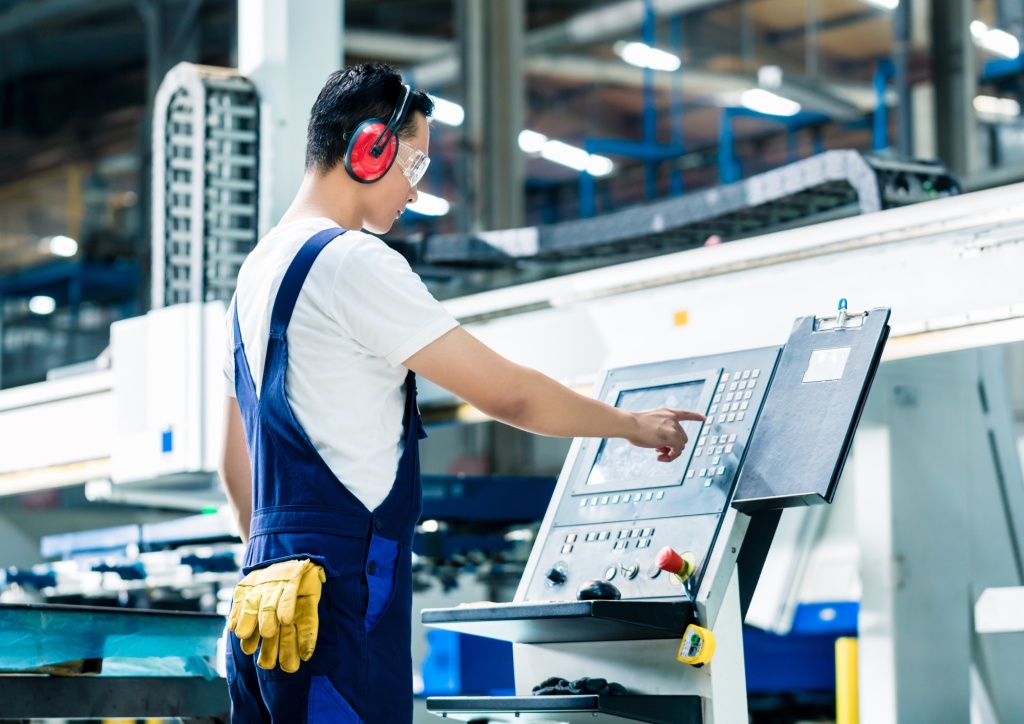机器人和机器会取代我们的工程师吗?这不可能,因为我们仍然需要人类来进行思考。然而,计算机数控(CNC)是机械加工行业的未来。
在此之前,减材制造操作是通过传统的机械加工来完成的,如传统的铣床和车床。传统加工需要熟练的机械师才能操作机器。因此,缺乏经验的机械师生产出的零件可能无法达到设计要求的精度或准确度。有时,机加工过程中的失误会导致废料堆积,给公司造成利润损失。
随着工业革命 4.0 的引入,越来越多的制造业用数控机床取代了传统机床。现在,数控机床可以完成重复、枯燥和复杂的加工工作。数控机床不会生病、疲劳,甚至不会抱怨。相比之下,传统机械师需要长时间操作机器才能生产出任何零件或产品。传统机械师的缺席将危及公司的生产率。随着传统机械师年龄的增长,他们会变得更有经验,但由于他们的年龄,生产率和工作质量可能会受到影响。

近年来,数控机床越来越多地应用于需要高精度的任务,而这种高精度是人工无法持续实现的,或者是非常重复的任务。这并不意味着企业不再需要工人,而是意味着工作角色将发生变化。例如,利用数控机床和合适的夹具,可以一次加工多个零件或产品。在这一过程中,一台数控机床和一个计算机辅助制造(CAM)程序只需要一名数控机床操作员。
与传统加工相比,使用传统铣床一次生产 10 个机械零件,公司至少需要 10 名操作员和 10 台传统铣床。不过,数控机床不会导致人类失业。这是因为人的固定技能需要提升。他们将不再是传统的机械操作员,而是需要一套与 CAM 和数控机床操作相关的新技能。在机械加工行业使用数控机床将间接提高生产率,增加公司利润。
一言以蔽之,学校、教育机构和大学需要适应世界的变化,才能在行业中立于不败之地。课程和教学大纲需要与行业期望和趋势同步升级。未来就在前方,谁不拥抱变化,谁就会落后。

作者简介
Ir Ts NAJMI HAZIQ BIN BADRULHISAM
世纪大学工程、环境与资讯科技学院(FoEBEIT)讲师(机械工程
Ir Ts Najmi Haziq Badrulhisam 于 2014 年获得马来西亚马拉大学(Universiti Teknologi MARA)机械工程(荣誉)学士学位,并于 2020 年获得该校机械工程理学硕士学位。他目前正在马来西亚彭亨苏丹阿卜杜拉大学(UMPSA)攻读汽车工程博士学位,研究方向为内燃机(ICE)、替代燃料、生物燃料、可再生能源和设计。
他在机械工程学科有五年多的学术教学经验,在工业机械方面有两年多的行业经验,还担任过代理系主任。2023 年,他获得了机械工程专业工程师职称。此外,他自2021年起成为专业技术员(汽车),并担任巴生大学和麻坡大学工业技术文凭课程顾问团成员。

